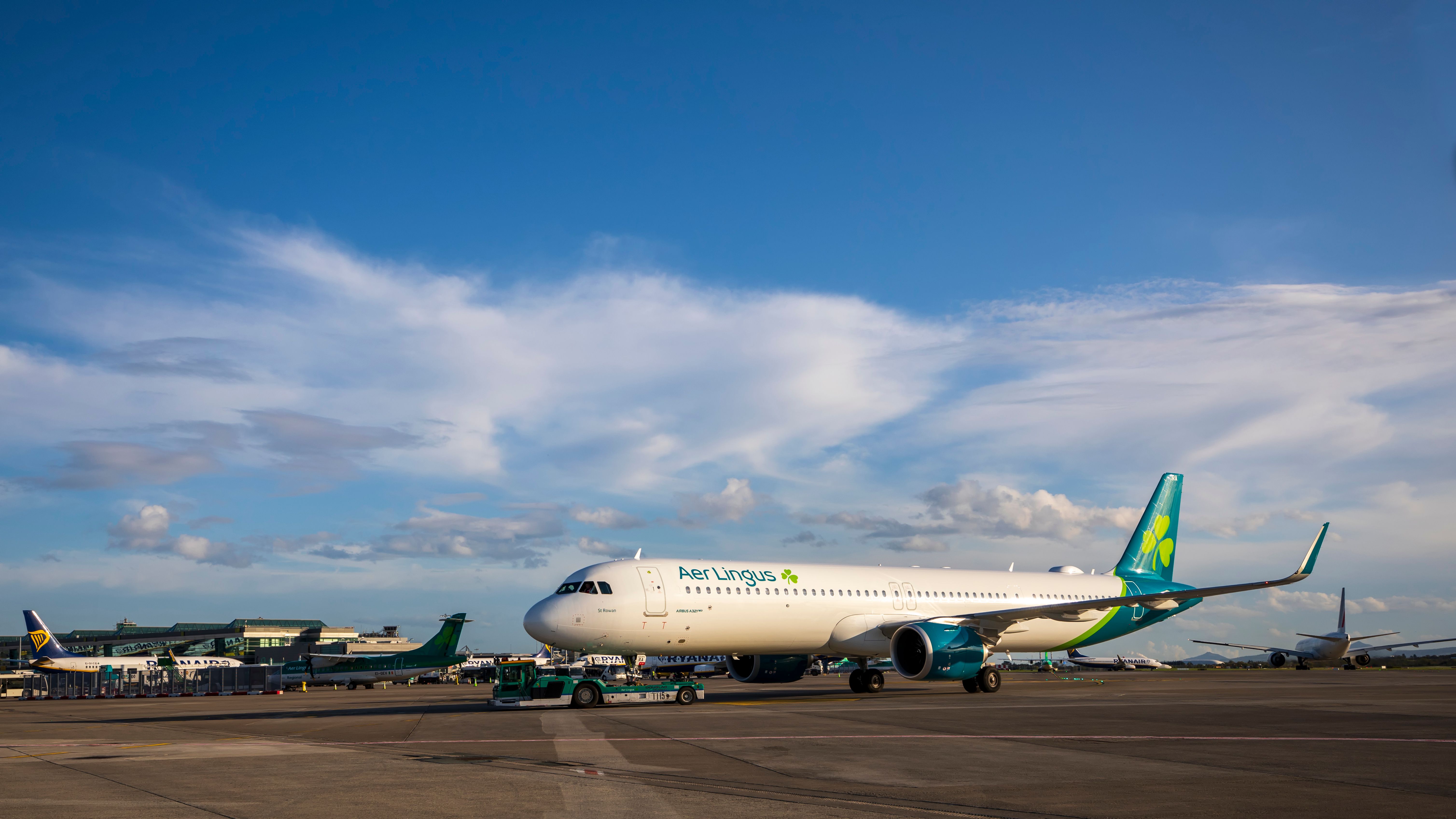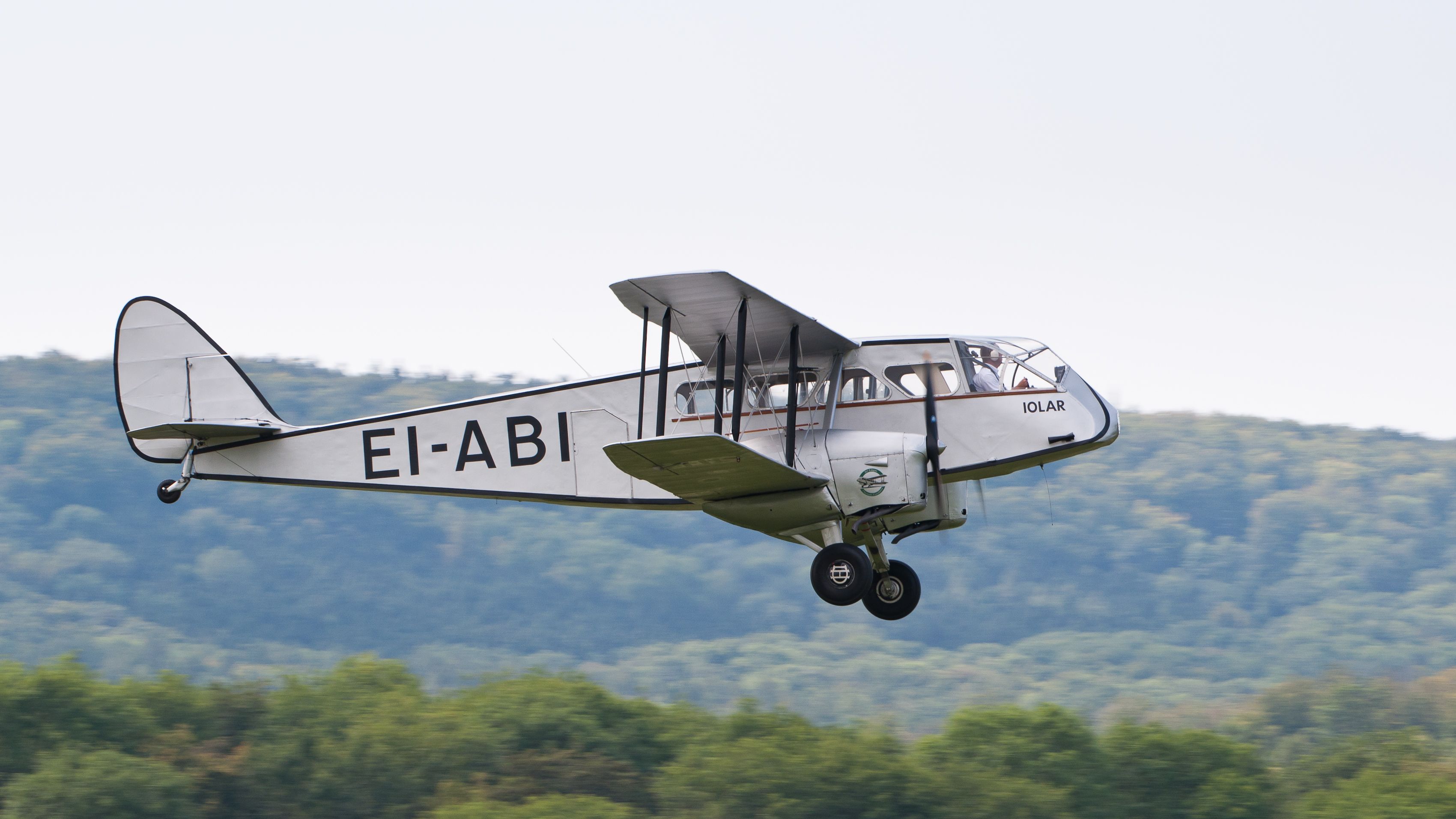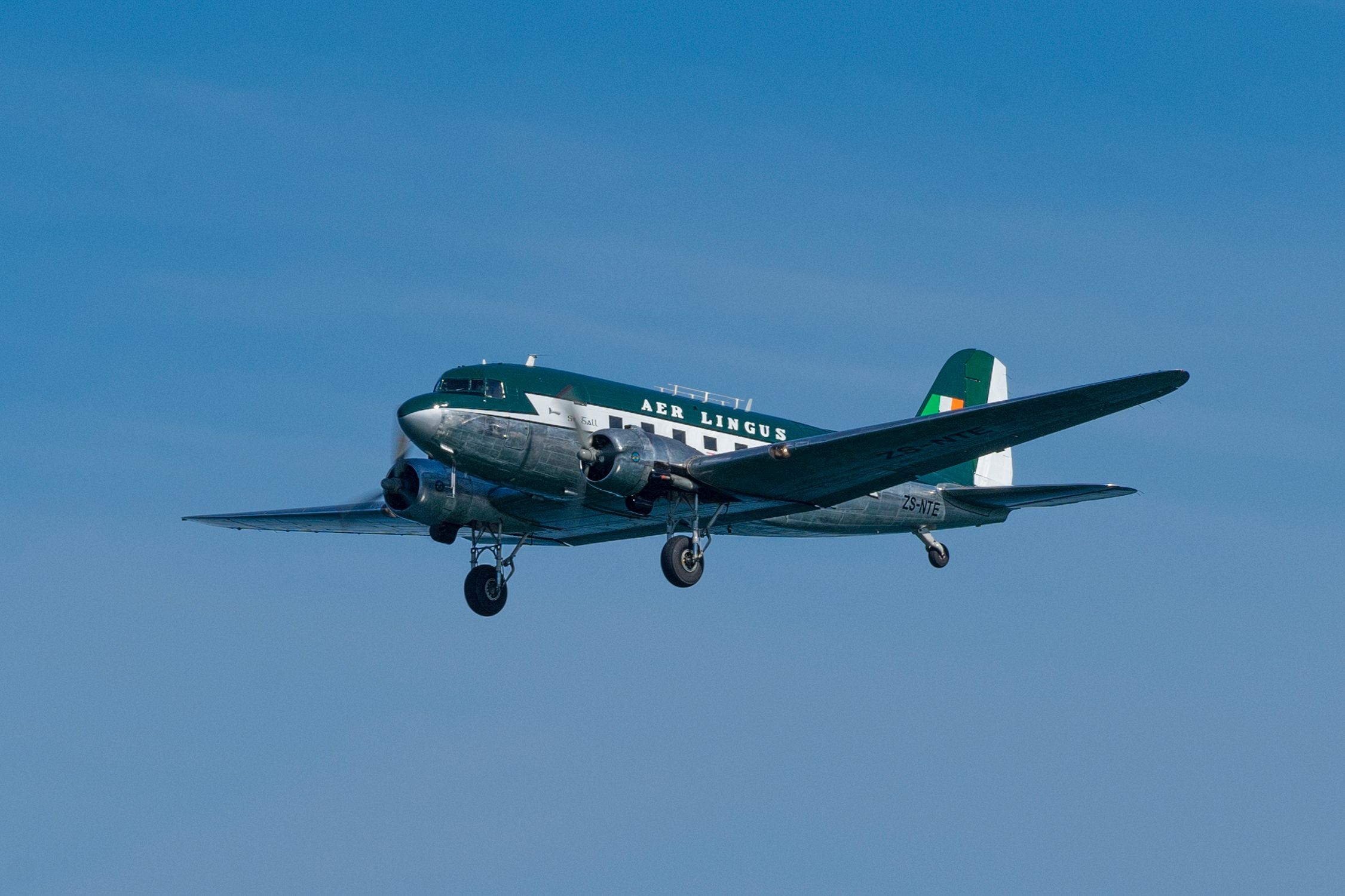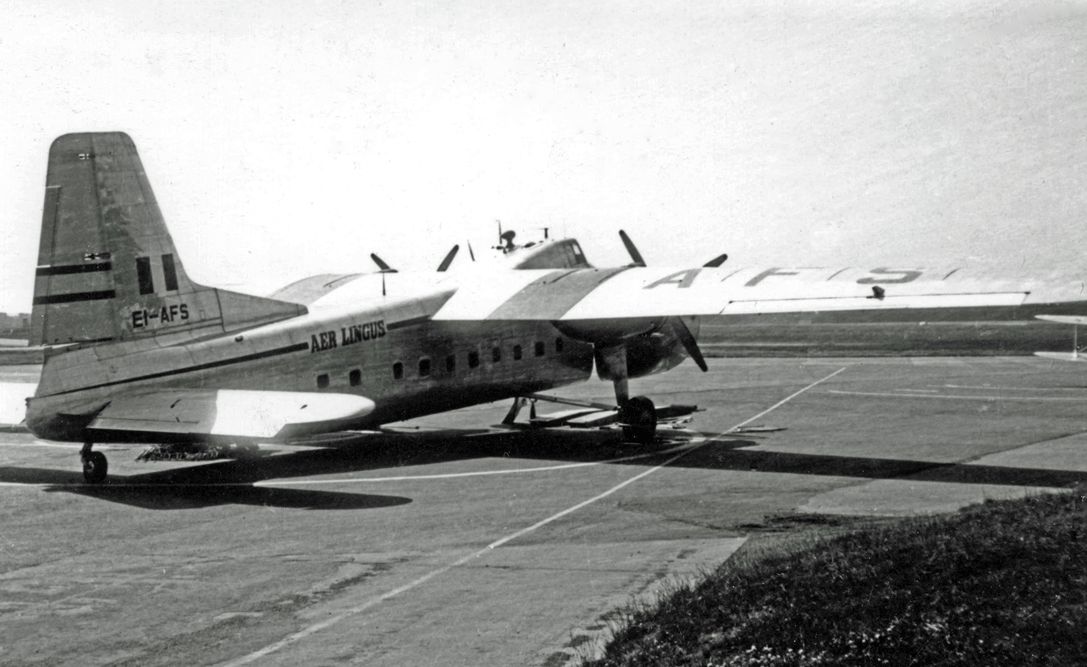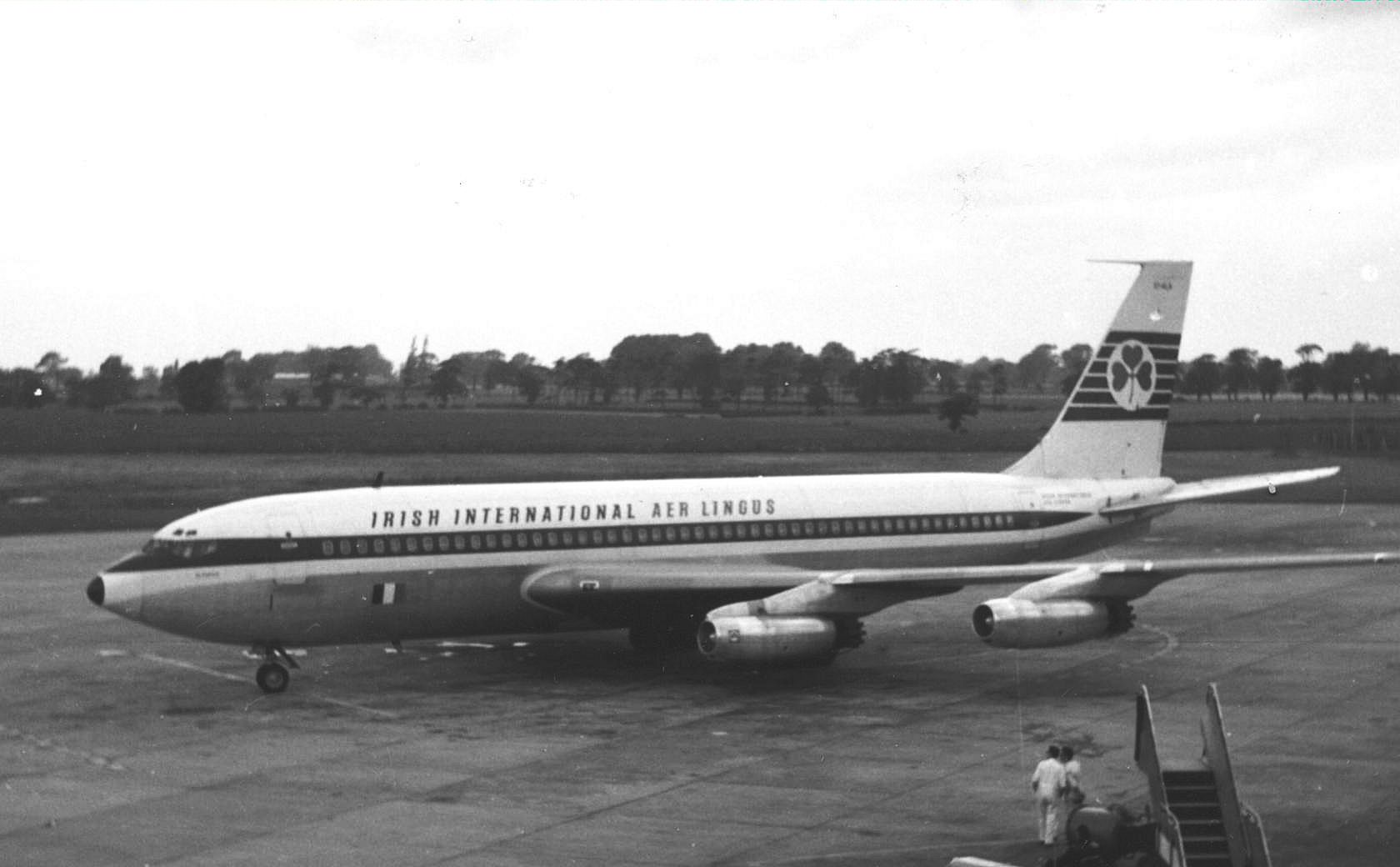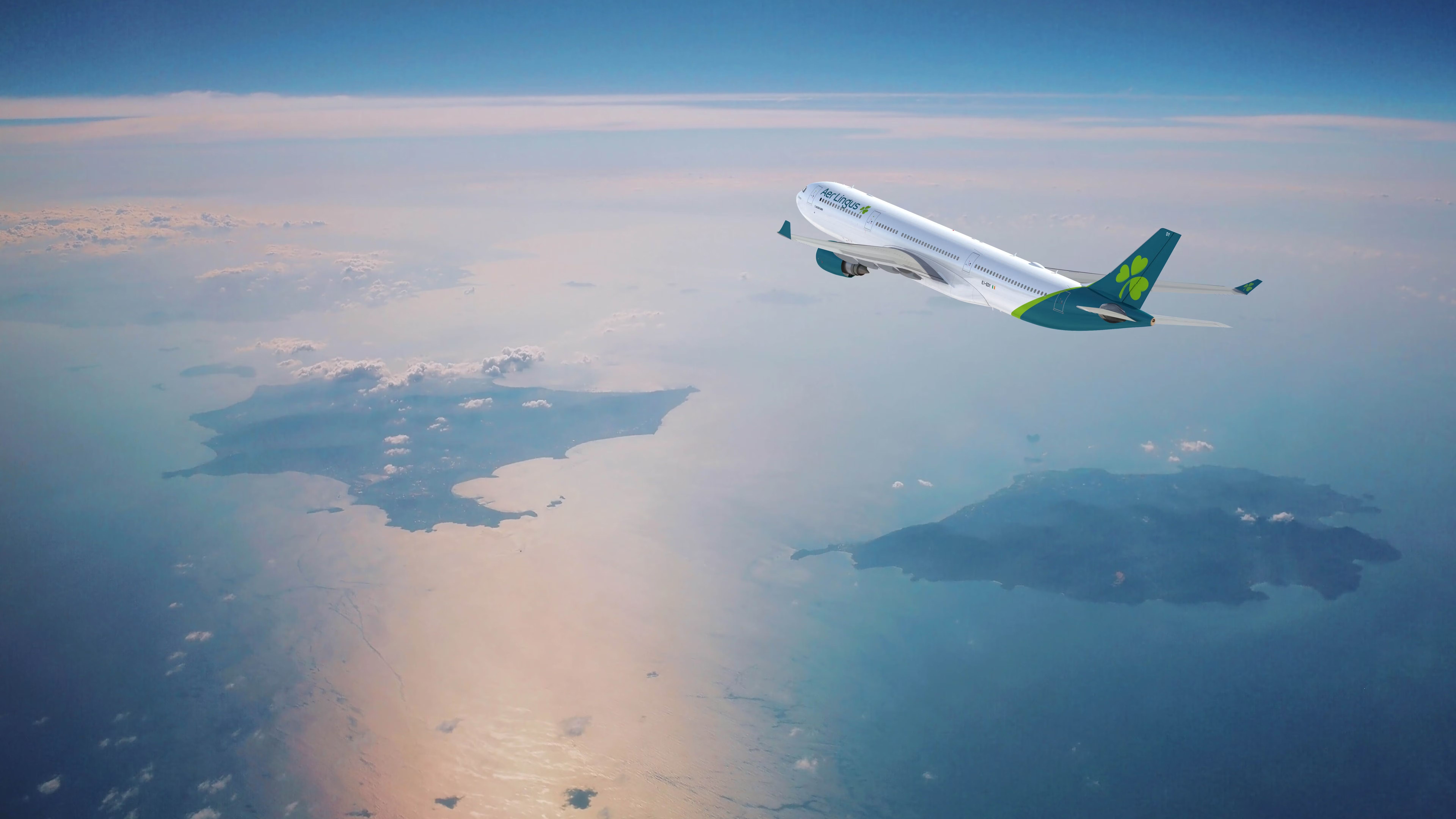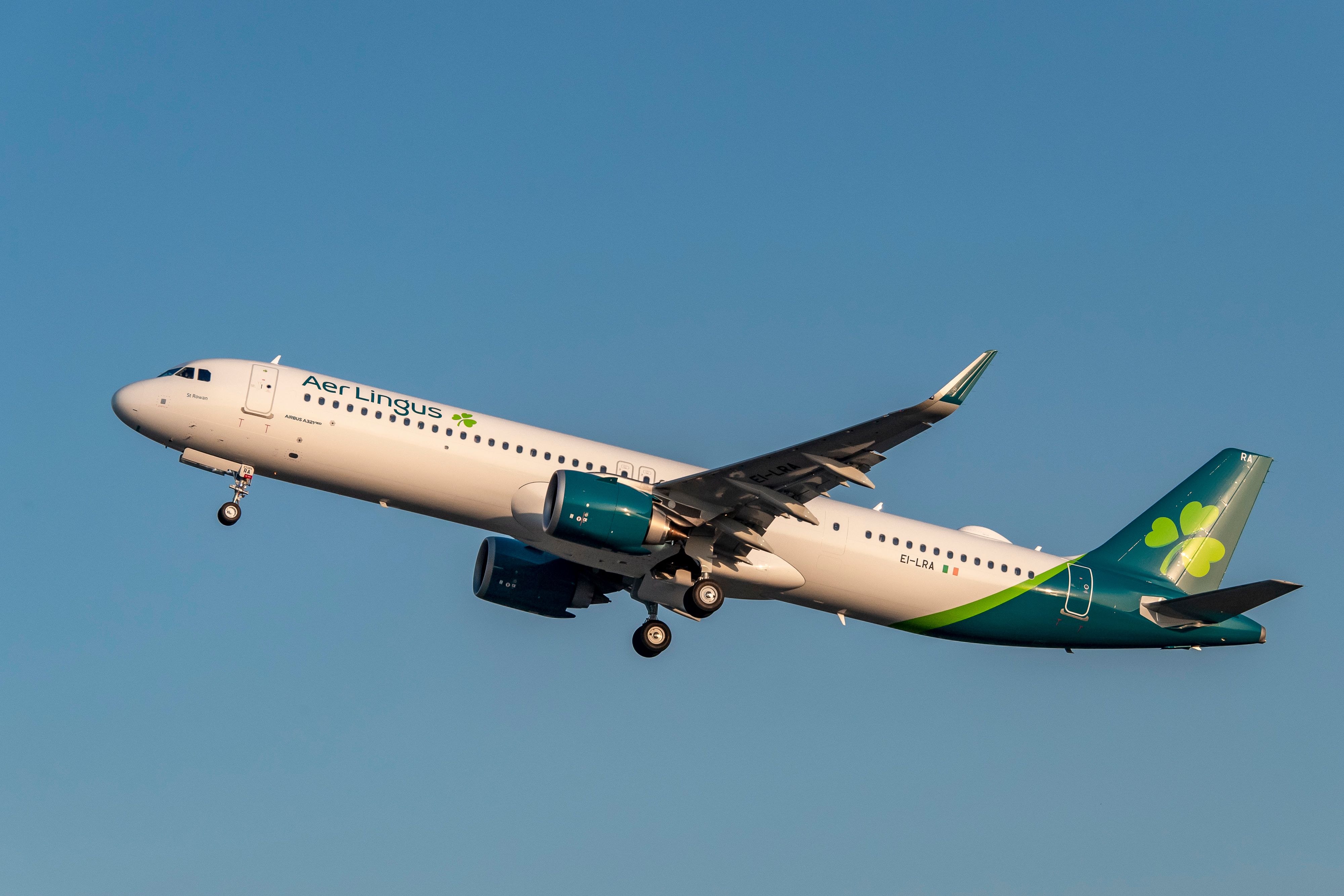Irish flag carrier Aer Lingus operates a variety of European and intercontinental routes from its Dublin hub. Part of the International Airlines Group (IAG), it is also a former member of the oneworld alliance. Using its strategic location in Western Europe, Aer Lingus has recently become known for its use of narrowbody aircraft on transatlantic flights.
Founded in April 1936, Aer Lingus took to the skies a month later. While a small, regional airline to begin with, the post-war era saw significant expansion at the Irish flag carrier. 1958 saw Aer Lingus commence transatlantic operations, and it hasn't looked back since. Today, it flies more than 50 aircraft to nearly 100 destinations and is a key IAG airline.
In the beginning
April 15th, 1936 marked the foundation of Aer Lingus under the chairmanship of Seán Ó hUadhaigh and with support from the Irish government. Just over a month later, on May 22nd, it became registered as a limited company, known in Ireland as a Teoranta. The airline began operating five days later, using a de Havilland DH.84 'Dragon' to fly from Dublin (Baldonnel) to Bristol (Whitchurch).
By the end of 1936, Aer Lingus had acquired a second de Havilland aircraft, this time a 14-seat DH.86 'Express' known as Éire. It used this plane to extend its Bristol service to London (Croydon), while deploying the DH.84 on a new route to Liverpool.
Further growth
While the Second World War was looming in the late 1930s, Aer Lingus continued to grow. 1937 saw the carrier become a government-owned enterprise, with a DH.89 'Dragon Rapide' coming onboard the following year to replace the initial DH.84. It was joined that year by a second DH.86, as well as two all-metal Lockheed 14s that arrived in 1939.
Even in the early years of the Second World War, Aer Lingus kept experiencing key developments. One of these saw it relocate its main hub to a new airport in Dublin's Collinstown suburb. This coincided with the introduction of the Douglas DC-3 into its fleet.
Discover more aviation news with Simple Flying.
However, the increasing severity of the conflict did eventually restrict Aer Lingus's operations. Despite initially opening new routes, such as a domestic corridor to Shannon, the airline reduced its network to a single route serving either Liverpool or Manchester, depending on the conflict's latest developments. However, there were brighter skies ahead.
Post-war expansion
Following the conflict's conclusion, Aer Lingus was able to begin ramping up its services once again. These restarted on November 9th, 1945, with a flight to London. At this time, Aer Lingus also adjusted its service model by introducing onboard cabin crew.
Not all of its post-war moves were successful. For example, its acquisition of seven Vickers Vikings in 1947 proved to be an uneconomical enterprise, resulting in their sale. Aer Lingus had purchased these after being granted exclusive UK-Ireland traffic rights in 1946.
One area where the airline had a touch more luck was its entry into the world of airfreight. This saw Aer Lingus operate a fleet of Bristol Type 170 Freighters on cargo-only services. This enterprise lasted five years, from 1952 until 1957.
However, what truly laid the foundations for the airline that Aer Lingus has become today was its introduction of transatlantic services. Close ties between Ireland and the US have existed for many years. Aer Lingus capitalized on these by opening a route between Shannon and New York in April 1958, using the Lockheed L-1049 Super Constellation.
The jet age
When the jet age began, the complexion of commercial air travel changed for good. These faster, larger aircraft unlocked longer routes. Their capacities also helped to lower seat costs and thus opened up air travel to a wider market. Aer Lingus was one of the many airlines to cash in on this revelation, and it began by acquiring three Boeing 720s in 1960.
These aircraft proved a hit on Aer Lingus' transatlantic routes to New York and Boston. As such, in 1964, it invested in the larger Boeing 707, which remained part of the furniture until the mid-1980s. With the advent of such aircraft, the Irish flag carrier expanded its transatlantic network. This prompted the addition of Chicago and Montréal as destinations.
Closer to home, high London-Dublin demand led to the deployment of the Boeing 737 on this key route. Aer Lingus even used to operate the Boeing 747 and famously transported Pope John Paul II on one in 1979 (it would later fly Pope Francis in 2018 too).
Recent history
In terms of Aer Lingus' more recent history, it has since transitioned to an all-Airbus fleet - it began operating aircraft from Airbus in 1994 when it deployed the A330 on its transatlantic routes thanks to the advent of ETOPS. This led to the phasing out of the Irish flag carrier's Boeing 747 fleet, before retiring its final Boeing 737 in 2006.
Just after the turn of the century, Aer Lingus joined the oneworld alliance. It became the group's ninth airline in June 2000, having been confirmed as an incoming member the previous December alongside LAN Chile. However, it left the alliance after less than seven years, departing in March 2007. It is yet to rejoin, or move to any other alliance.
Today, Aer Lingus is part of the International Airlines Group, alongside its former oneworld partners Iberia and British Airways. IAG came into existence in January 2011 through a merger agreement between the two carriers, although Aer Lingus didn't join until 2015.
In 2019, Aer Lingus inducted the first of eight Airbus A321neos and would welcome its first Airbus A320neo three years later, a significant step for the carrier. Additionally, the carrier will welcome six Airbus A321XLRs starting next year to bolster its presence in the single-aisle transatlantic market - these jets are set to serve the airline's transatlantic network starting next winter.
According to Cirium, as of October 2023, the carrier's fleet consists of the following aircraft:
- 29x Airbus A320-200
- 4x Airbus A320neo
- 8x Airbus A321neo
- 3x Airbus A330-200
- 10x Airbus A330-300
Over the pandemic, Aer Lingus also made the exciting step of launching a UK subsidiary based in Manchester. At 87 years old and still going strong, Aer Lingus looks set to remain one of European aviation's key players.
What do you make of Aer Lingus? Have you ever flown with the Irish flag carrier? Let us know your thoughts and experiences in the comments!
Source: ch-aviation, Cirium

